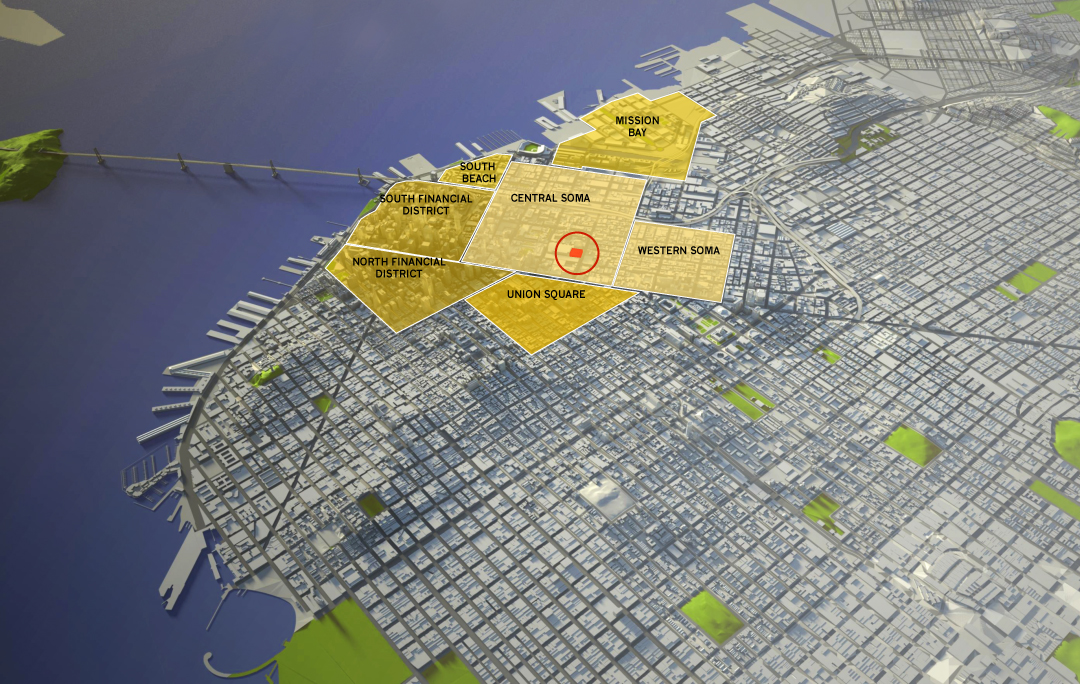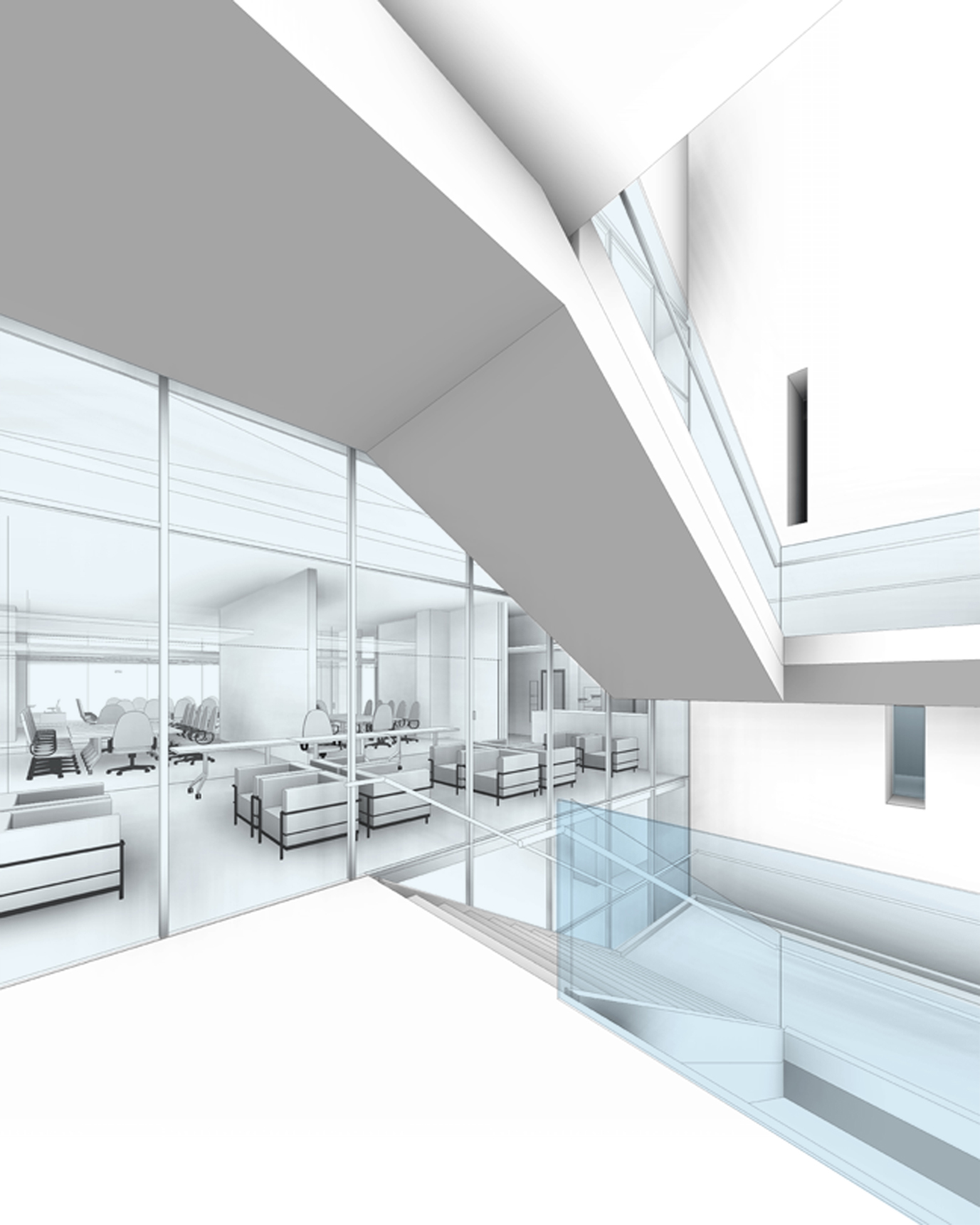
University Celebrates Landmark Purchase of New Home for Dental School
The recent landmark purchase of a new home for the Arthur A. Dugoni School of Dentistry and other Pacific programs is generating much excitement.

The recent landmark purchase of a new home for the Arthur A. Dugoni School of Dentistry and other Pacific programs is generating much excitement.

What does the “dentist on the street” think of the big move? We interviewed people representing the past, the present and the future of the dental school — alumni, faculty, outgoing and incoming students — to find out their thoughts.
The Arthur A. Dugoni School of Dentistry recently took a bold step forward in its plan for future facilities in San Francisco. The school has signed a purchase agreement for a seven-story downtown building which features approximately 395,000 square feet of facility space.

The big sea of chairs in the school’s main clinic is about to change in a big way. So is the way that the school educates its dental students.